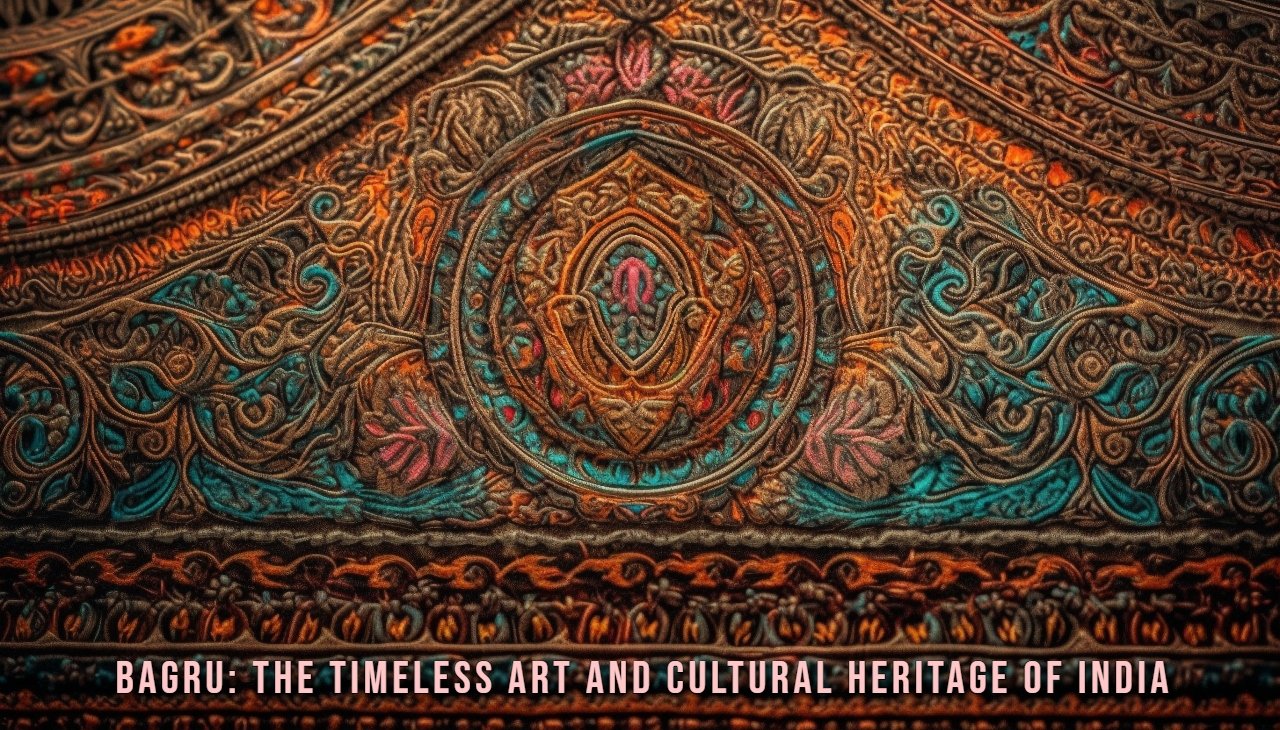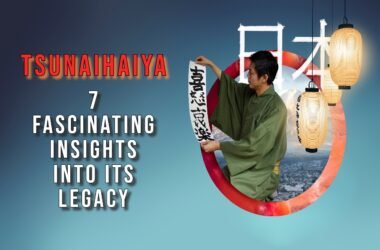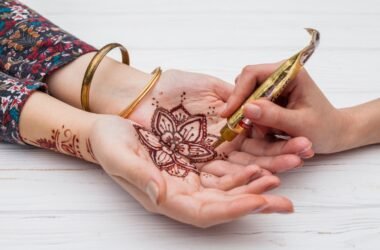Bagru is a small town in Rajasthan, India, that has earned a global reputation for its centuries-old hand block printing tradition. Located about 30 kilometers from Jaipur, it is a place where history, culture, and craftsmanship merge to create one of India’s most celebrated textile arts. The name bagru has become synonymous with unique patterns, natural dyes, and traditional techniques that have been passed down through generations. This art form not only represents the creative skill of artisans but also serves as a living example of India’s sustainable and slow fashion heritage.
The Origins of Bagru Printing
The roots of bagru printing can be traced back more than 300 years when the Chhipa community settled in the region. The word “Chhipa” itself comes from the Hindi term meaning “to stamp” or “to print.” These artisans brought with them the skill of hand block printing, using natural dyes and intricately carved wooden blocks to create beautiful patterns on fabric. Over the centuries, bagru printing developed a distinct style characterized by earthy colors, floral motifs, and geometric patterns.
You Might Also Like: Ciulioneros
Traditional Techniques of Bagru Printing
The bagru process is labor-intensive and deeply rooted in manual craftsmanship. The artisans begin by preparing the fabric, usually cotton, through a series of washing and bleaching steps to remove impurities. Next, they use natural dyes derived from plants, minerals, and other organic sources. Wooden blocks are carved with precision to create specific designs, which are then dipped in dye and pressed onto the fabric. Each block represents a different part of the design, and the process often requires perfect alignment to produce the final pattern.
The Signature Colors of Bagru
One of the defining features of bagru printing is its color palette. Artisans traditionally use earthy shades like deep indigo, rusty reds, and warm yellows, all extracted from natural sources. For example, indigo leaves produce deep blues, madder root gives red hues, and turmeric creates a rich yellow. These colors not only give bagru textiles their distinctive appearance but also reflect the connection between the craft and the natural environment.
Sustainability and Eco-Friendliness
In an era where fast fashion dominates, bagru printing stands out for its eco-friendly methods. The use of natural dyes reduces environmental pollution, and the manual printing process requires minimal electricity. Furthermore, fabrics are often sun-dried rather than machine-dried, conserving energy. This sustainable approach makes bagru printing highly relevant to today’s growing demand for ethical and environmentally conscious fashion.
The Role of the Chhipa Community
The Chhipa community remains at the heart of bagru’s textile tradition. Families often work together in the production process, with skills passed from parents to children. This intergenerational transfer of knowledge ensures the survival of techniques that might otherwise fade away in the face of industrial textile production. The pride artisans take in their work is evident in the precision and creativity of each piece they produce.
Bagru in the Modern Fashion World
In recent years, bagru prints have gained attention in the global fashion industry. Designers incorporate bagru fabrics into contemporary clothing, blending traditional patterns with modern silhouettes. From dresses and tunics to scarves and handbags, bagru’s versatility has made it a favorite among both Indian and international designers. The global appreciation of handcrafted textiles has given bagru a new platform, making it a symbol of slow fashion and cultural heritage.
The Intricacy of Block Carving
The wooden blocks used in bagru printing are themselves works of art. Skilled block carvers spend hours or even days creating each block by hand. These blocks can last for years if cared for properly, and they often become family heirlooms passed down through generations. The motifs range from simple dots and stripes to elaborate floral and paisley designs, reflecting the artisan’s creativity and cultural influences.
Natural Dyeing Process in Bagru
Dyeing in bagru follows a meticulous process. Fabrics are first treated with a natural mordant, such as harda (a yellow dye obtained from myrobalan fruit), which helps the color bind to the fibers. Different natural materials are then boiled to create dye baths. For example, pomegranate rinds yield soft yellow tones, while iron filings produce deep blacks. The dyed fabrics are rinsed and dried multiple times to achieve the perfect hue and fastness.
Cultural Significance of Bagru Prints
Bagru prints are not just decorative; they hold cultural meaning. Certain motifs are used for specific occasions, festivals, or social events. In rural Rajasthan, printed fabrics often signify community identity or family heritage. Wearing bagru is seen as a connection to tradition, and it plays an important role in preserving cultural identity in a rapidly changing world.
Challenges Faced by Bagru Artisans
Despite its beauty and heritage value, bagru printing faces challenges. The rise of mass-produced textiles has created intense competition, making it difficult for artisans to earn a fair livelihood. Additionally, younger generations may be drawn to other professions, leading to concerns about the continuity of the craft. However, initiatives promoting sustainable fashion and heritage textiles have helped raise awareness and create new markets for bagru products.
Tourism and Bagru’s Global Appeal
Bagru’s proximity to Jaipur makes it a popular destination for tourists interested in traditional crafts. Visitors can witness the printing process firsthand, interact with artisans, and even try their hand at block printing. This form of cultural tourism has provided artisans with additional income while educating the public about the importance of preserving traditional arts.
Bagru and Slow Fashion Movement
The slow fashion movement emphasizes quality, sustainability, and ethical production—values that align perfectly with bagru printing. As consumers become more conscious of the environmental and social impact of their clothing choices, they are turning to handmade textiles like bagru for their timeless appeal and minimal environmental footprint. Owning a piece of bagru fabric is not just a fashion statement but also a declaration of support for traditional craftsmanship.
Incorporating Bagru into Modern Living
Bagru prints are not limited to clothing. They are increasingly used in home décor, including tablecloths, curtains, cushion covers, and bedspreads. Their earthy tones and intricate designs bring warmth and character to interiors. By blending traditional motifs with contemporary design trends, artisans have expanded bagru’s relevance beyond fashion into lifestyle products.
Preservation and Revival Efforts
Several NGOs, designers, and cultural organizations are working to preserve bagru printing. They provide artisans with training in business skills, help them access new markets, and promote their work through exhibitions and online platforms. These efforts aim to ensure that the tradition not only survives but thrives in the modern era.
The Global Recognition of Bagru
International exhibitions, craft fairs, and fashion shows have introduced bagru to audiences around the world. Fashion enthusiasts, historians, and textile lovers alike appreciate the combination of cultural depth and artistic skill in every piece. As global awareness of sustainable fashion grows, bagru is gaining recognition as a premium, eco-friendly textile art.
Education and Skill Development
To secure the future of bagru printing, education plays a crucial role. Workshops in schools and colleges encourage young people to take pride in their cultural heritage. By learning the skills and history behind the craft, a new generation of artisans can emerge to carry forward the tradition.
Economic Impact of Bagru Printing
For many families in Bagru town, textile printing is the primary source of income. The expansion of e-commerce has allowed artisans to sell their products directly to customers worldwide, bypassing middlemen. This direct-to-consumer model ensures fairer pay for artisans and helps sustain the local economy.
Final Thoughts
Bagru printing is far more than a textile art—it is a cultural legacy. A sustainable fashion statement, and a symbol of India’s enduring craftsmanship. By valuing and supporting bagru products, consumers contribute to the preservation of an ancient tradition that continues to inspire both locally and globally. In a world dominated by mass production, bagru remains a testament to the beauty of handmade artistry, natural dyes, and cultural storytelling.








